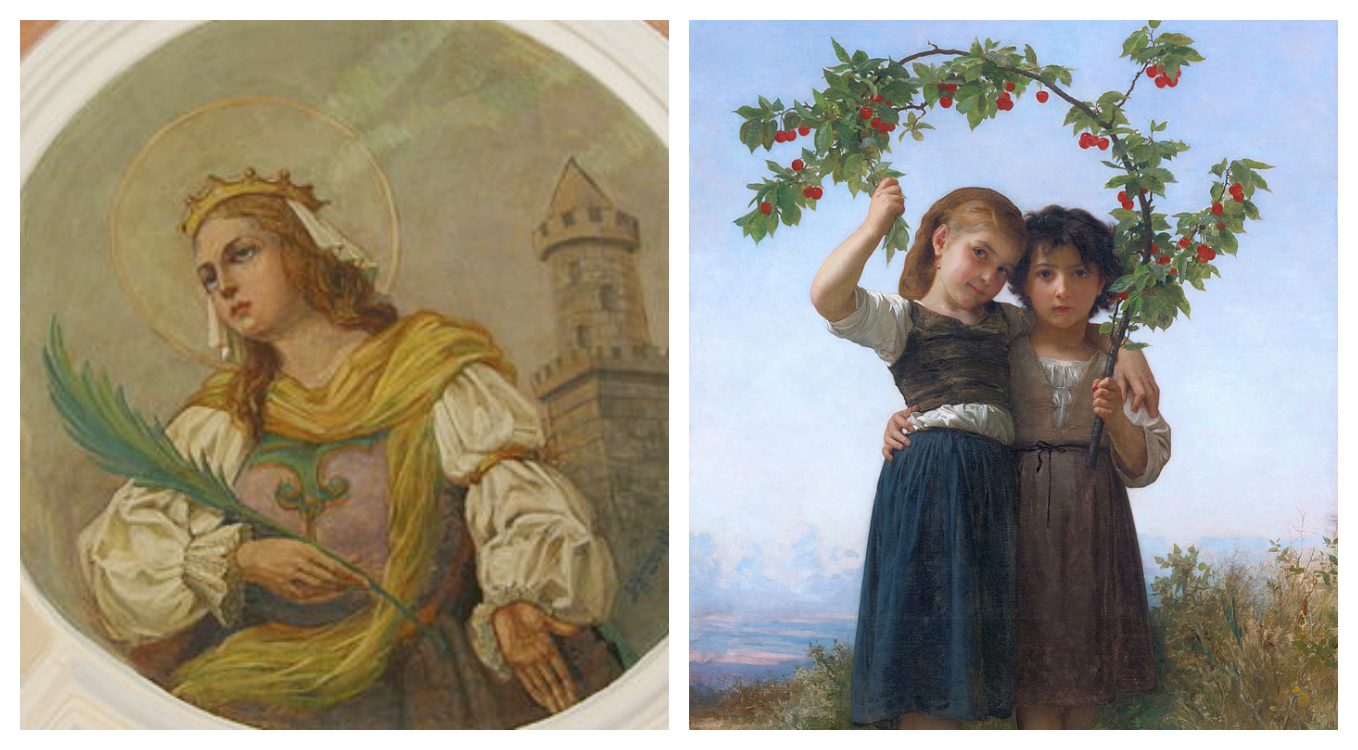Sour Cherry Tree : Sour Cherry Symbolic
Symbolically, the sour cherry tree has played an important role in many communities. For example, since Michigan is the nation’s top producer of sour cherries, sour cherries are an central part of the Michigan community. The Michigan National Cherry Tree Festival started in 1926, and has since progressed into an eight-day event that includes cherry pie eating contests, as well as the baking of the world’s largest cherry pie. Also, within Turkey, the sour cherry is integral as traditional cherry jams are made year round.
The sour cherry also has a religious connotation in the celebration of St. Barbara’s day in many eastern and central European countries such as Germany, Austria and Czechleslovacia. The celebration relates to story of St. Barbara whose undying faith in Christianity, in a time when Christianity was illegal in Asia Minor during the second and fourth centuries, caused St. Barbara to be sentenced to death by will of her father. However, her father was struck by lightening before he was able to put her to death, creating the celebration of St. Barbara’s day to be based on protection against lighting storms and sudden death. In the celebration of St. Barbara’s day, a sour cherry or cherry branch is broken from the tree on December 4th, and placed in a pot near the stove to promote premature budding, and is tended by a girl within the household. If the branch buds and blossoms, it is said that the girl who tended the branch will find a good husband. It is also said the good fortune will befall the house through the spiritual and feminine beauty associated with the blossoms.

